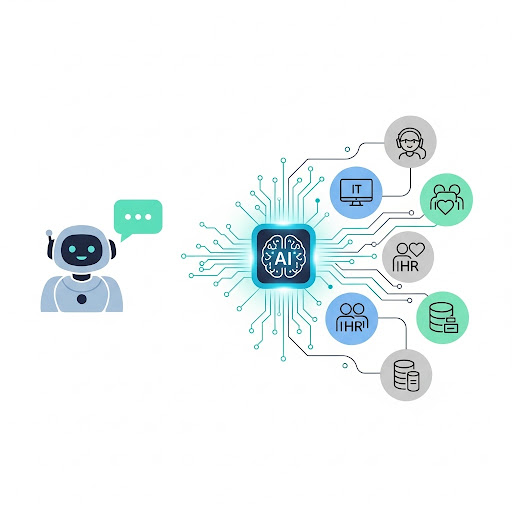AI isn't Magic: How to Avoid "Pilot Purgatory"
- James Russo
- Aug 4
- 3 min read

Alright, let’s be honest. We’ve all been there. You have a shiny new AI pilot program. It's a six-week sprint with a small team, a clean dataset, and a clearly defined goal. The pilot is a smashing success! The AI model works beautifully, the proof-of-concept is solid, and everyone is excited.
Then… nothing.
The project gets put on a shelf. The excitement fades. You've entered a state known as "pilot purgatory"—that limbo where a perfectly good AI project goes to die. It's an all-too-common trap that costs companies millions in wasted time and effort, and it's the fastest way to turn your innovative idea into an expensive learning experience.
So, how do you go from a successful pilot to a full-scale, value-generating deployment? You have to stop treating your pilot like a science fair project and start treating it like a strategic business initiative.
Why Pilots Go to Purgatory
The reason most pilots fail to scale isn't that the technology doesn't work; it's that the project was never designed to get out of the starting gate. A few classic mistakes:
Solution Shopping: You started with the technology ("We need AI!") instead of the business problem ("We need to reduce customer churn.").
The "Clean Room" Delusion: The pilot ran on a perfectly curated, small dataset that looks nothing like the messy, real-world data in your production systems.
A Failure to Plan: You didn't think about security, data governance, or how the AI would integrate with existing systems until after the pilot was over.
No Executive Champion: The pilot was a grassroots effort with no clear sponsor at the executive level to secure the budget and organizational buy-in needed for a full rollout.
The core issue is a lack of strategic foresight. A successful pilot is great, but a scalable pilot is priceless.
Your Framework for Escaping Pilot Purgatory
You can beat this. It just requires a shift in mindset from "Will this work?" to "How will this work at scale?"
1. Start with the Business Case, Not the Technology
Before you write a single line of code, you must define the business value. Your pilot should be a direct test of a specific business hypothesis. For example:
Bad Hypothesis: "An AI model can classify support tickets."
Good Hypothesis: "An AI model can classify 90% of support tickets with 95% accuracy, reducing manual triage time by 20% and saving the company $100,000 per year."
The second one gives you a clear, measurable goal and a reason for a stakeholder to care.
2. Measure What Matters (And Not Just the Metrics)
Your pilot's success isn't just about a high accuracy score. You need to define KPIs that directly tie back to your business hypothesis. What are the key metrics that prove your AI is actually doing what it's supposed to do?
For a customer service AI: Look at metrics like average resolution time, ticket escalation rate, and customer satisfaction scores—not just model accuracy.
For a marketing AI: Focus on click-through rates, lead conversion, and customer lifetime value.
The goal is to prove that the AI isn't just a cool toy; it's a tool that drives a quantifiable business outcome.
3. Build for Scale from Day One
The biggest mistake is designing a pilot that's too fragile for the real world. Think about these questions from the very beginning:
Data: How will we get a continuous stream of real-world data into the model? What is our plan for data governance and quality control? (Remember, your messy data is still your messy data.)
Integration: Where will this AI live? How will it seamlessly integrate with your existing systems? A cool standalone demo is useless if it can't talk to your CRM.
Security & Compliance: What are the security implications of this AI? How will you handle data privacy and compliance? Getting this wrong can kill a project faster than anything else.
4. Secure Your Executive Champion
A successful pilot needs an advocate with a budget. Before you even start, identify a leader who has a vested interest in the business problem you're solving. Get their buy-in and keep them updated on your progress and, most importantly, the business value you're creating. This person will be your lifeline when it's time to ask for the resources to move to full-scale deployment.
Escaping pilot purgatory isn't about being lucky; it's about being strategic. By approaching your pilot with a business-first mindset and planning for scale from the very beginning, you can ensure your AI projects don't just stay in the air—they actually fly.



Comments